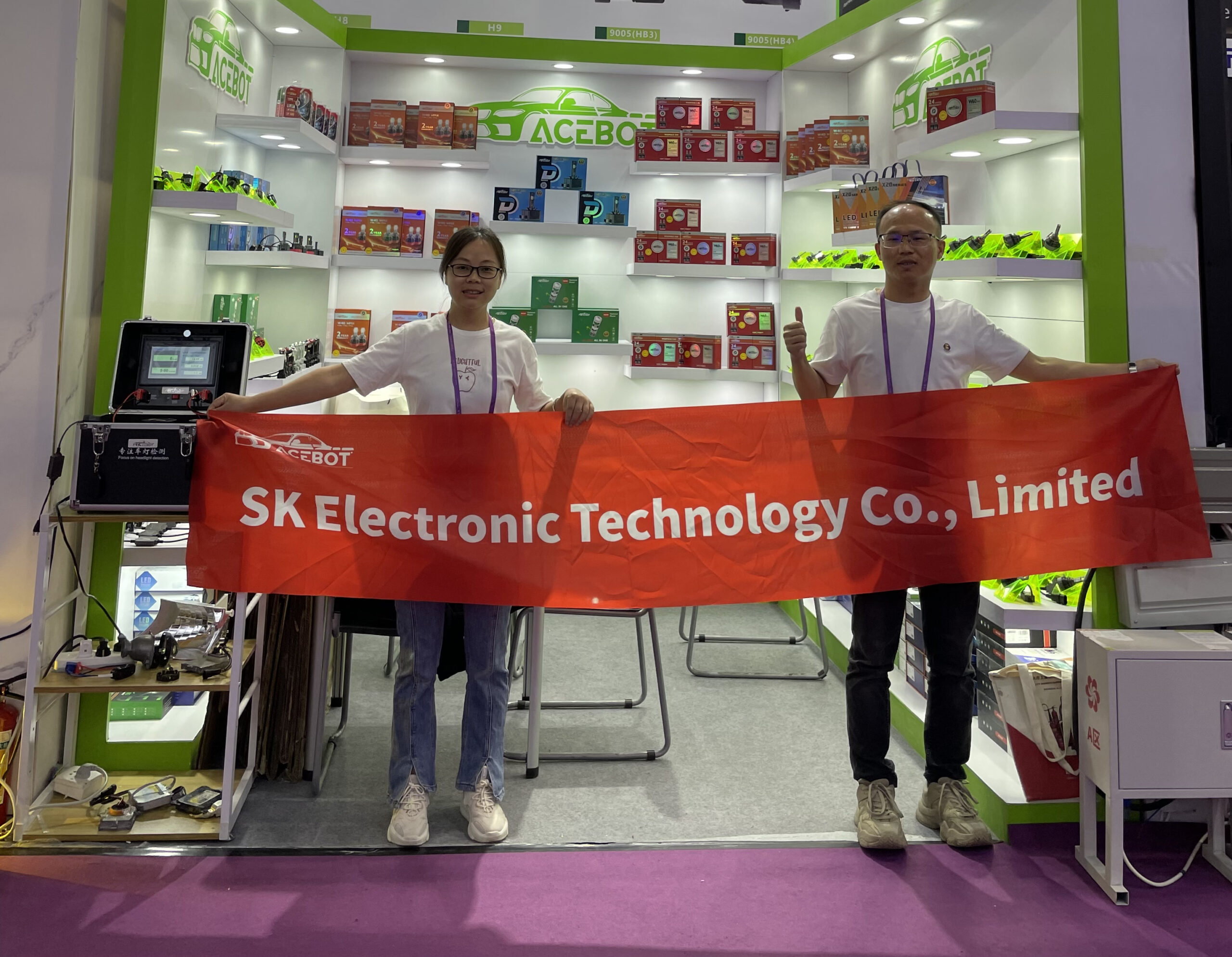How to Test the Quality of LED Headlight bulbs?
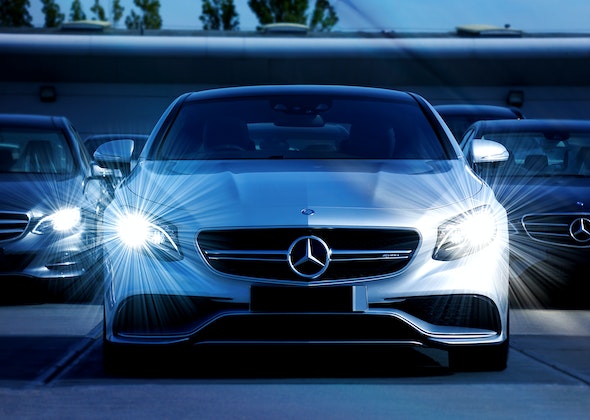
In this article, we are going to highlight certain factors of LED headlight bulbs to ensure their quality.
Why LED headlight bulbs?
Since halogen bulbs have the tendency to become dim over time and can be a safety hazard on dim roads, purchasers incline towards LED headlight bulbs. Upgrading to good-quality LED headlights comes across as a sensibly evaluated decision. However posits the question of what goes into determining the quality of LED bulbs.
LED headlight bulbs: Brighter light emission with energy efficiency
Halogen and high-intensity discharge (HID) headlights are outdated compared to good-quality LED headlights. They have two semiconductors (or diodes) on a tiny chip, either with insufficient or extra electrons.
Because they are energy-efficient, good-quality LED headlights are more durable and last longer than most other lights on the market. LED headlights emit white light as opposed to the yellow light that halogen light bulbs produce, they have a brighter light. Halogen lamps are between 1,000 and 1,500 lumens while LED bulbs range from 3,000 to 4,000 lumens.
Wide range of LEDs: Which ones to choose?
The vast majority of auto owners will decide to swap out their original lighting for the popular LED headlight bulbs. However, a large range of LED goods is now available on the market, with financial ranges. This substantially raises the challenge for those who decide to use LED headlight bulbs for the first time.
Quality ensuring checklist
Elaborating on the recognition of good quality LED headlights many factors can be put into consideration.
According to the way they cool, there are three different types of LED headlight bulbs
1- Aluminum heat sink-equipped fanless LED headlight.
The heat sink has aluminum alloy, which cools by thermal radiation.
This bulb's cooling ability is extremely stable, however, the heat dissipation capacity depends on the size of the heat sink.
2- Copper Braid heat sink with fanless LED headlight.
Red copper wire with a tin coating on the surface is used to create the copper braid heat sinks. Aluminum 6063 alloy is used to make finned heat sinks. Both the wings and the copper braid can be adjusted. Despite needing a little amount of area for installation, they are all adaptable. The disadvantages of this bulb become apparent during installation since all of the wings cannot be crammed together. Also, the copper braid must be spread out to maximize heat dissipation. If not, cooling efficiency will suffer greatly. The bulb body and heat sink are fastened together using screws or a hydroforming process.
They are not completely joined; if just 50% of the surface is attached, heat can only pass from the body to the heat sink through that portion of the surface.
3- LED headlight with a fan
These kinds of LED headlight bulbs have turbo fan. They have the most efficient cooling performance in comparison to the above-stated types. Good quality fan can significantly influence the longevity of a good quality LED headlight.
The light output of an LED headlight bulb will drastically decrease when the fan is damaged, making it impossible to operate.
Fans-equipped LED headlight bulbs are unquestionably more effective at dissipating heat than those without fans. Of course, the amount of power a good quality LED headlight requires will also determine whether it needs a fan. The auto light requires a fan to dissipate heat more as power increases.
The lifespan of fan-based LED headlight bulbs
The lifespan of the LED headlight bulb will significantly increase and the heat dissipation efficiency of the LED will improve with greater fan speeds. Consider whether the design of the lamp body encircling the fan is more suited to air entry and escape at the same time. It is preferable to employ a fully hollow lamp body design for the fan portion of the LED lamp as opposed to one with exposed fan blades at the bottom which improves the quality of LED headlight bulbs.
LED efficiency through the layman analysis:
A significant factor that determines the quality of LED headlight bulbs is that they do not heat up very soon. Good quality LED headlights have a tendency not to be irritable as it reflects off of reflectors. Reflectors are present in the form of cones, cat eyes, and likewise reflector placed at the bumpers of cars. LED lights reflect and prompt vision determining the presence of an object ahead of you without piercing one’s vision leading to temporary visual deprivation.
Questions to ask when purchasing a good Quality LED headlight bulb
How is the light chip functioning?
The most expensive part of an LED headlight bulb is the LED light chip. The LED chip regulates not only the brightness of the light output but also whether the cutting line of the beam is clear and compliant with traffic laws. The quality of LEDs is better ensured when using chips made by significant manufacturers. The most well-known chip makers at the moment are CREE, OSRAM, Lumileds (Philips), NICHIA, and Toyoda Gosei. Last but not least, the LED chip's conductivity and heat dissipation are superior, increasing its heat resistance and extending its useful life.
What are the bulb substrate properties?
The LED lamp beads are within the bulb substrate, the central layer of the LED headlight bulb. The base plate of the lightbulb receives the heat created by the functioning of the LED first, followed by the rest of the lamp body. Therefore, the better the thermal conductivity of the LED lamp substrate and the quicker the conduction speed, the better the performance of the LED in dissipating heat. The copper substrate has a heat conductivity that is more than twice as high as the aluminum substrate under identical circumstances. As a result, lamp beads utilizing copper substrates often have longer service lives than LED lights using aluminum substrates.
What material is the lamp body?
The heat dissipation, durability, and aesthetic impact of the headlamp are all influenced by the material of the LED headlight bulb’s lamp body. In order to properly design an LED headlight bulb, it is first necessary to understand that as an LED's lumen output increases, so does the amount of heat it produces. Therefore, to improve the bulb's ability to dissipate heat and stabilize its lumen output, quick heat dissipation materials help to make it a good quality LED headlight.
Efficient purchase
Above stated descriptions and technical insights determine the multiplicity of factors that are determinants of good quality LED headlights. Putting these into account can guarantee a worthwhile purchase at the user’s end. The LED headlight testing can be done by noticing any flicker or unusual not turning on the lights by referring back to the functional units in the LED bulb repair.
LED Headlight Bulbs at SKLED Tech
If you are looking for high-quality LED headlight bulbs that have a longer lifespan, then we have got you.
Contact us now to request a quote for LED headlight bulbs.
Recent Blog
-

-
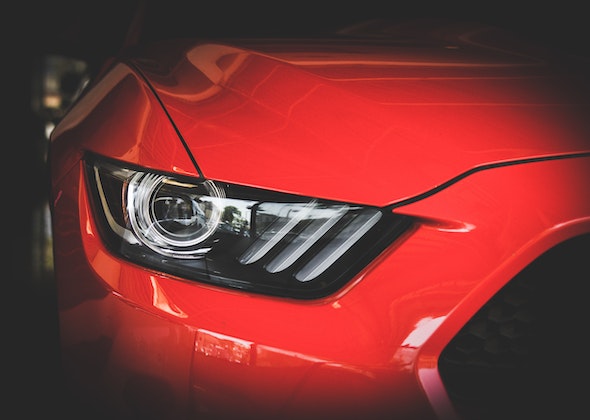
-
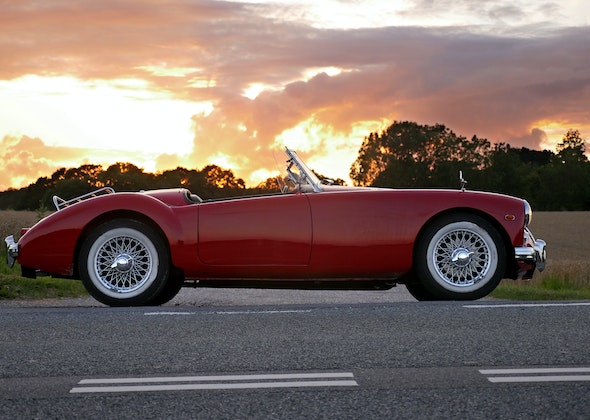 2022-12-23What is Plug and Play LED Lighting?
2022-12-23What is Plug and Play LED Lighting? -
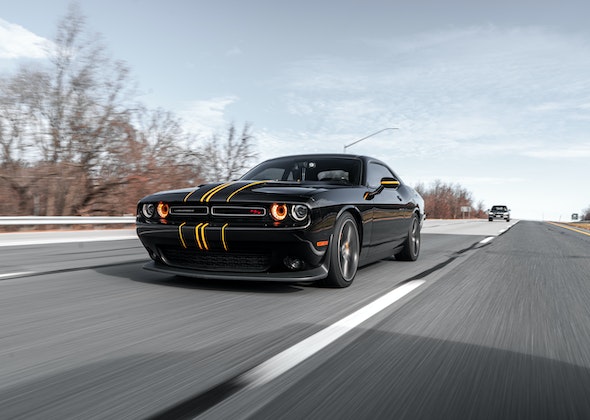
-

-
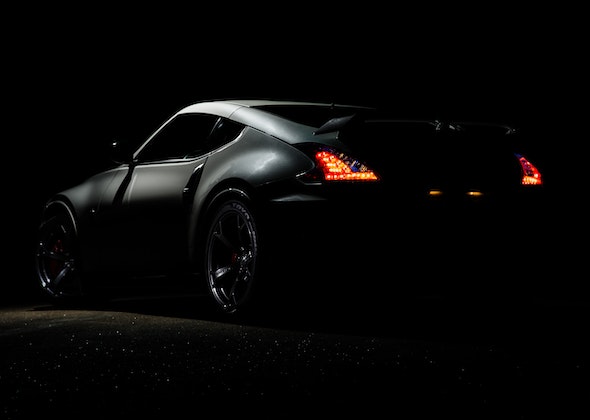
-
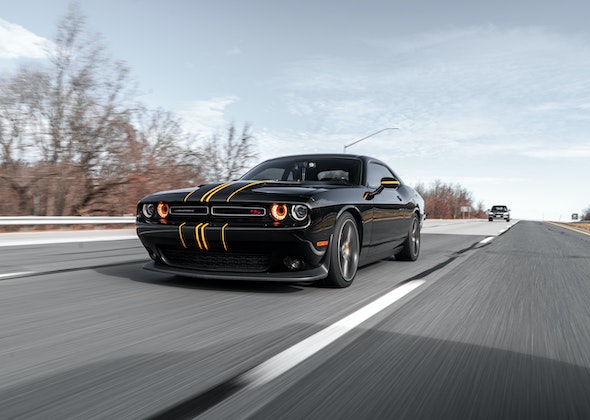 2022-12-045 Easy Ways to Fixing Your Broken LED Lights
2022-12-045 Easy Ways to Fixing Your Broken LED Lights -

-
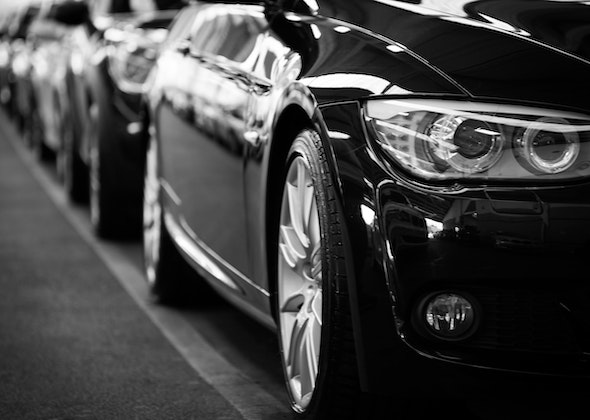 2022-11-30Does CAN Bus work with LED headlights?
2022-11-30Does CAN Bus work with LED headlights? -
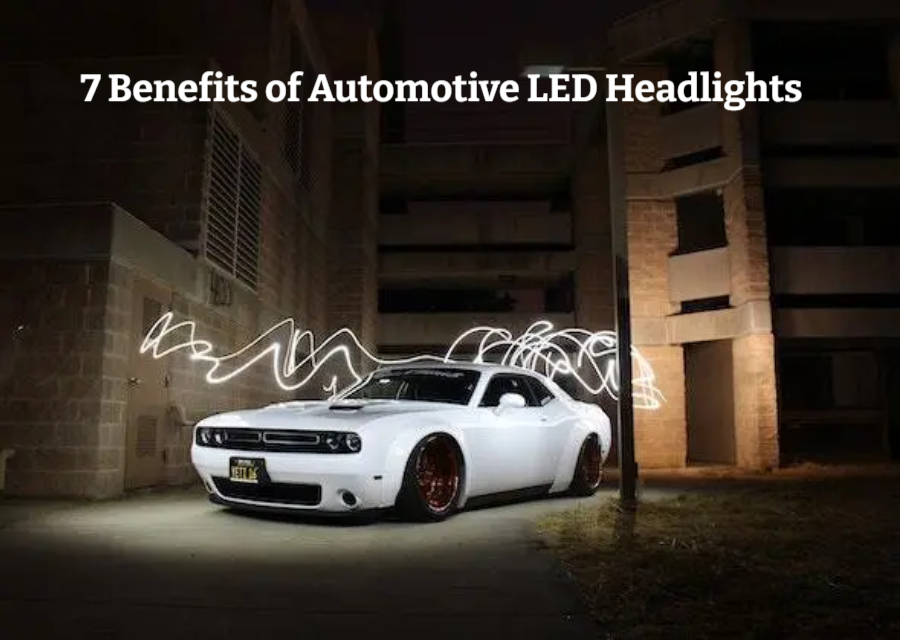 2022-11-2910 LED Headlight Advantages You Need to Know
2022-11-2910 LED Headlight Advantages You Need to Know -

-

-

-

-

-
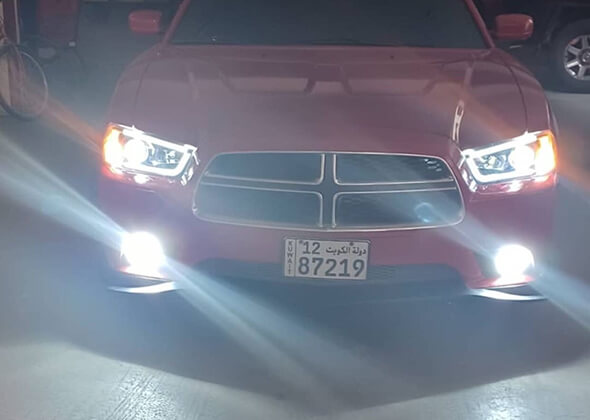
-
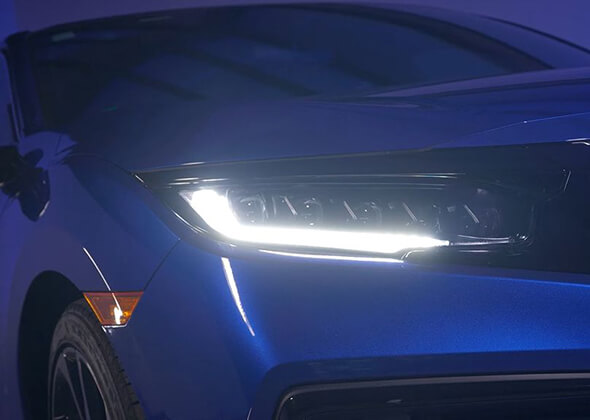
-
2023-10-26China 134TH Canton Fair 2023
-
2023-04-24Automec 2023: SK Lights Up São Paulo Expo
-
